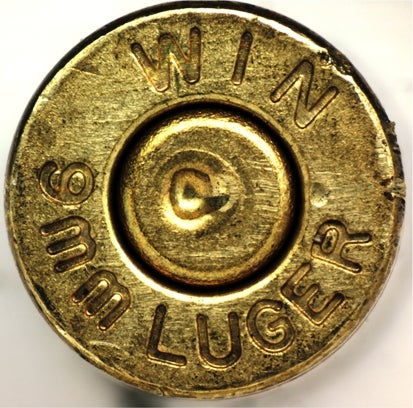Maryland’s 15 Year Old “Ballistic Fingerprinting” Database Ends in Failure
Rob Reed 11.08.15

After 15 years and millions of dollars spent, the State of Maryland has abandoned its massive “ballistic fingerprinting” effort.
According to an article published Nov 7 in The Baltimore Sun, the state legislature has repealed the requirement that the Maryland State Police collect and keep a fired cartridge case from every handgun sold or rented in the state. The cases would then be photographed to create a searchable database for ballistic comparison. Since the law passed in 2000, over 300,000 cartridge cases have been collected and stored at a total program cost estimated at around $5 million.
After all the time and energy spent collecting, photographing, and storing the cases, the legislature has authorized the Maryland State Police to sell them for scrap.
Although the “ballistic fingerprinting” effort was touted as a crime fighting tool, in 15 years only 26 matches were made from the database to guns used in crime. And, in every case, the matches were so called “back door” hits. This means that the investigators already knew or suspected the specific gun that was used in the crime and merely used the database to confirm the identification of the crime gun. This is the opposite of the original intent that the database would help investigators by identifying unknown guns by comparing cartridge cases recovered at crime scenes with images in the database. The imaging database never worked correctly and was discontinued in 2007, although the cartridge cases were still collected.
The program has been under fire for most of its life with several earlier unsuccessful attempts to repeal it. “It’s not yielding any results,” Sgt. Rob Moroney, a state police spokesman was quoted as saying in a 2005 article in The Washington Post. “The program simply has not met expectations and does not aid in the mission statement of the department of police.”
The failure of Maryland’s program mirrors that of a similar program in New York state. The New York program started in 2000 and was ended in 2012 after only matching two firearms used in crimes.
In the end the death of Maryland’s ballistic fingerprinting database is another example of unrealistic expectations among the public and lawmakers for technological solutions. Shows like “CSI” are not real life and this is only the latest example of a “good idea” that was unworkable in the real world.